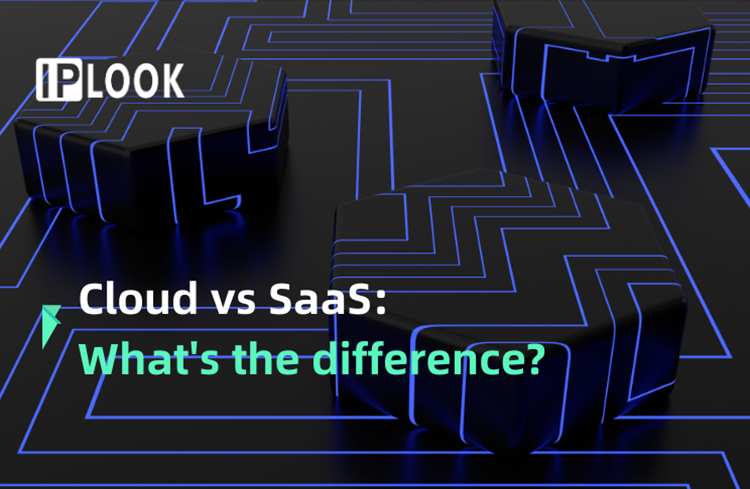
In today's technology-driven world, the terms "cloud" and "SaaS" are often mentioned together in the telecom industry. While they are related concepts, they are not synonymous. In this article, we will explore the distinctions between Cloud and SaaS, shedding light on their unique characteristics and benefits.
Cloud Computing
Cloud computing refers to the delivery of computing resources over the internet. It involves the use of remote servers, networks, storage, and other infrastructure components to provide on-demand access to a wide range of computing services. Users can utilize these resources without the need for local infrastructure or physical hardware.
The cloud offers various models for delivering computing resources, including IaaS (Infrastructure as a Service), PaaS (Platform as a Service), and SaaS (Software as a Service). It provides scalability, flexibility, and cost-effectiveness, allowing businesses to focus on their core operations rather than managing complex IT infrastructure.
SaaS (Software as a Service)
SaaS is a specific category within the cloud computing model. It refers to software applications that are hosted and delivered by a cloud service provider over the internet. Instead of installing and maintaining software locally, users access and use the application through a web browser or dedicated client.
Unlike traditional software, SaaS applications are centrally managed, allowing users to access them from any device with an internet connection. Updates, patches, and maintenance tasks are handled by the service provider, relieving users of the burden of software management. SaaS is typically offered on a subscription basis, where users pay a recurring fee for access to the software.
Key Differences
Scope: Cloud computing is a broader concept encompassing various service models, including SaaS. It refers to the delivery of computing resources, while SaaS specifically denotes the delivery of software applications.
Service Model: Cloud computing provides infrastructure, platforms, and software services. SaaS, on the other hand, focuses solely on software applications that are accessed over the internet.
Ownership and Maintenance: With cloud computing, users are responsible for managing and maintaining their applications and data, depending on the service model chosen. In the case of SaaS, the service provider handles all aspects of software management, including updates, security, and infrastructure maintenance.
Cost Structure: Cloud computing services are typically priced based on resource usage, such as storage, processing power, and network bandwidth. SaaS, however, follows a subscription-based pricing model, where users pay a recurring fee for accessing the software application.
Customizability: Cloud computing allows users to build and deploy custom applications using the provided infrastructure and development tools. SaaS applications, on the other hand, are usually pre-built and offer limited customization options.
Cloud computing and SaaS are related but distinct concepts. Both offer unique benefits, and selecting the right solution depends on your specific needs and preferences. By leveraging the power of cloud computing and SaaS effectively, businesses can unlock new opportunities for growth, efficiency, and innovation in the digital era.

